Despite the fact that many adults and children with celiac disease do not let their illness stop them from exploring the world, the information available per country is often limited. This also applies to Malaysia. Fifteen years ago, the subject was hardly known in the country. If you said you could not eat gluten, people often took it lightly. Fortunately, this has changed and the demand for gluten-free dishes and gluten-safe preparation is now often taken seriously. This article contains information and tips for traveling through Malaysia as safely as possible (gluten-free is sometimes quite a challenge).
Please add to this article where possible by leaving a comment below with your own experiences!
Although Malaysia is primarily a country that eats a lot of rice (and rice noodles), there are also many dishes that have wheat as a (main) ingredient. The language barrier and lack of knowledge of the disease among restaurant staff often determine whether or not you can safely eat somewhere. In many cases, you can order dishes that are gluten-free at their core, but then you still have the aspect of cross-contamination during preparation. Soy sauce almost always contains gluten, but sometimes this can be left out. You could consider buying a bottle of gluten-free soy sauce in Malaysia (available in larger supermarkets) and bringing it with you so that they can use it.
First of all, be prepared for the occasional setback. If the answer is doubtful, it is better not to take the risk. In Malaysia, it’s not easy for local people to say “no”. However, a doubtful “yes” can sometimes also mean no. You could consider always bringing some “safe” food with you. When our kids were young, we always bought bell peppers, tomatoes, cucumbers, fresh fruit and other things that we knew they loved. When they were a bit older, we sometimes bought sushi in advance.
Gluten in Malaysian cuisine
In Malaysian cuisine, soy sauce is one of the key ingredients that contains gluten and many dishes are prepared with soy sauce as standard ingredient. The same goes for oyster sauce. This sauce did not originally contain gluten, but now almost all oyster sauce brands also contain soy sauce. Sweet soy sauce (kecap manis) is also commonly used and this too contains gluten. All these sauces also have a gluten-free version and all of these are now available in Malaysia (sometimes with some difficulty). However, it may be too much to always carry this with you for the entire duration of your trip.
Examples of (possibly) gluten-free dishes
Typical Malaysian dishes such as Nasi Goreng, Nasi Lemak, Rendang, Laksa, Satay, Chicken Rice, Dosa (Indian) and certain fish dishes are usually gluten-free, provided that soy sauce has not been used (whether or not in the sauce). Always check this in advance, because in Malaysia adding a little soy sauce has become the standard, even if the dish did not originally contain any at all. Many desserts and local snacks are made with rice flour, which is gluten-free. Examples include Cendol, Kiuh and the delicious dessert Sago Gula Melaka. Even our favorite snack, ondeh ondeh, is gluten-free. However, always check in advance to be sure.
Unfortunately, one of the tastiest dishes is not (and never will be) gluten-free: Char Kway Teow. Dishes with noodles (such as Mee Goreng) are also not gluten-free because the main ingredient is (wheat) noodles. Popular dishes such as Roti Canai and my favorite, Naan (Cheese), are also unfortunately not gluten-free.
In Mamak restaurants, it is often not a problem at all if you serve yourself. You can always ask and you will be given a plate and be allowed to choose everything yourself. Afterwards, you take it to the cash register and pay. The advantage is that you can serve yourself a little more of the tasty things and stay away from the gluten-containing dishes. Consider buying or bringing a few simple serving spoons (and perhaps your own cutlery) so you have that covered too.
Sushi is often nothing more than rice with some fish or other filling, rolled in a nori sheet. It could be the answer for anyone who wants to eat gluten-free without worry. You can find sushi restaurants everywhere in Malaysia, ranging from quite simple to very luxurious. You often have a huge choice and especially in the big cities people have become increasingly accustomed to the demand for gluten-free dishes or gluten-safe preparation. Many types of sushi are very simple and you often know in advance what to look out for when ordering. You could also consider bringing your own gluten-free soy sauce. If you explain that you need it because of celiac disease, no one will be surprised.
Cooking by yourself is an option
If you prefer to minimize your risk, consider renting an apartment with a kitchen and cook for yourself. We often do this with our children, simply because our days are already quite exhausting. Sometimes it’s nice to not have to go out with them for dinner in the evening. Instead, we choose to have lunch somewhere during the day and we’ll have dinner at home. You can rent beautiful apartments through Airbnb, often with a very spacious and extensive kitchen (fully equipped). An added bonus is the large swimming pool that is included as standard.
Gluten-free products in the supermarket
Village Grocer is the supermarket with the most imported products from Europe. Many of the products they sell have gluten information listed on the packaging. They also have gluten-free snacks that you can take with you when you are out and about. The other large supermarkets are also increasingly carrying gluten-free products. Jaya Grocer, for example, has corn waffles, crackers, cornflakes, pancake mix, cookies, wraps, rice noodles and nut bars. Cold Storage is mainly found in the center of Kuala Lumpur and here too you have many gluten-free options, including a fresh food section with many fresh dishes that you can take home.
Examples: Destinations and accommodations
Taman Negara – Belai Serama: they did their very best, but it was a lot of checking because they are not as familiar with it as we thought they would be (in response to contact through WhatsApp before arrival).
Cameron Highlands – Strawberry Park resort: they did their best, but there was not much choice in terms of breakfast, mainly fruit and egg. At the evening buffet there was quite a lot possible after consultation with the chef.
Ipoh – Bedrock Hotel: super organized, already at check-in they referred back to our previous contact. They bought special yogurt and adjusted the breakfast. And they could recommend restaurants.
Georgetown – several restaurants via the Find me Gluten Free app. Smoke Papa BBQ was delicious! Escape water park: bring your own food, because there is really nothing available except for ice cream (the ones without a cone).
Ipoh – Lost World of Tambun: with our Gluten Free Card we were allowed to bring our own food inside (otherwise it was an absolute no go). We were able to get hot water for our own rice noodles as well.
Belum – Belum Eco Resort: it was nice that we had brought our own cornflakes for breakfast, so that all we needed was milk. The selection was very limited and there was very little knowledge, despite the app contact beforehand in which it seemed otherwise.
Redang Island – Redang Pelangi Resort: fantastic, they asked us a lot of questions and we had five days of delicious food!
Johor Bahru – Legoland: great, pretty much everything was possible if you asked. They even had an allergens chart!
Permai Rainforest Resort: a lot was possible after consultation with the restaurant The Feeding Tree.
Kuching – Meritin Hotel: breakfast was okay and they helped us figure out what was possible, but they had trouble understanding. Sushi at Sanga and a delicious lunch and cake at Indah Café.
Tioman Island – Tioman Dive Resort: we brought our own cornflakes, there was milk, fruit and eggs.
Tips
- If possible, bring your own gluten-free ingredients or products. In simple accommodations – especially on the smaller islands – ask if you can make use of their kitchen as an exception.
- Thosai (Dosa) is a popular Indian side dish, available at pretty much all Indian restaurants in Malaysia. It is 100% based on rice flour, so it should be safe to eat (though there’s still a risk on cross contamination.
- Legal Nomads has teamed up with a number of locals to create a “Gluten-Free Restaurant Card” that you can show at any restaurant and that includes a clear explanation in Bahasa Malaysia.
- Alternatively, you can have a text translated in advance so that you can show it on the spot.
- This Reddit post contains a lot of information.
- KL – Fittie Sense was brilliant! There is also a lot of information in the Find me Gluten Free app.
- Buy fruit and vegetables for at home or on the go, preferably at a Wet Market (daily market). Prices are super low and there is a huge selection. The Pudu Wet Market and the Chow Kit Wet Market are popular. Both are very easy to reach from the center of KL with a Grab. It is also a fun outing.
- In the Kepong neighborhood, outside the center of Kuala Lumpur, you have the popular gluten-free bakery WheatFree For You (location). Here you can order gluten-free bread and other products. Pickup is by appointment and a Grab there is easily arranged. Ideal for freezing in the freezer of your apartment.
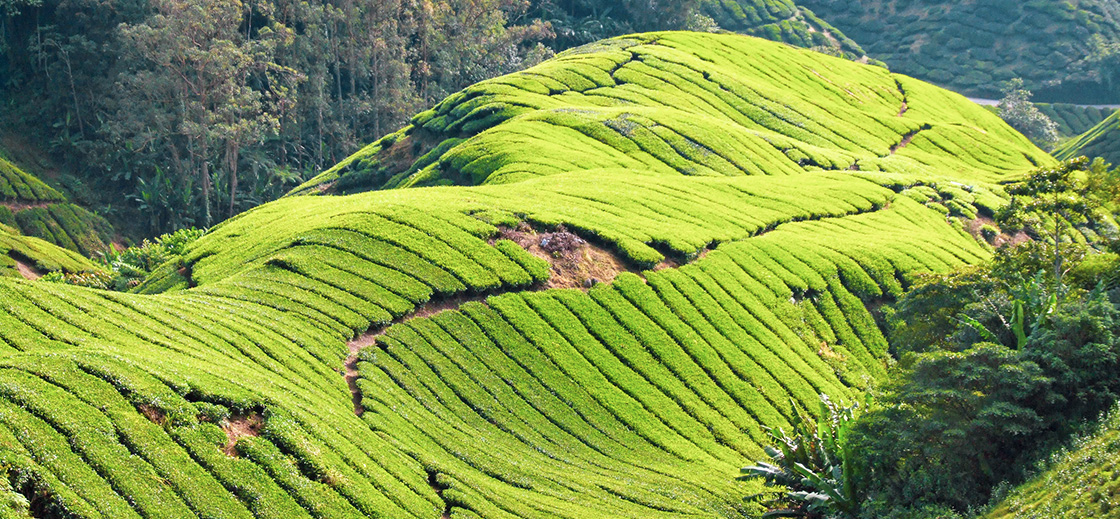
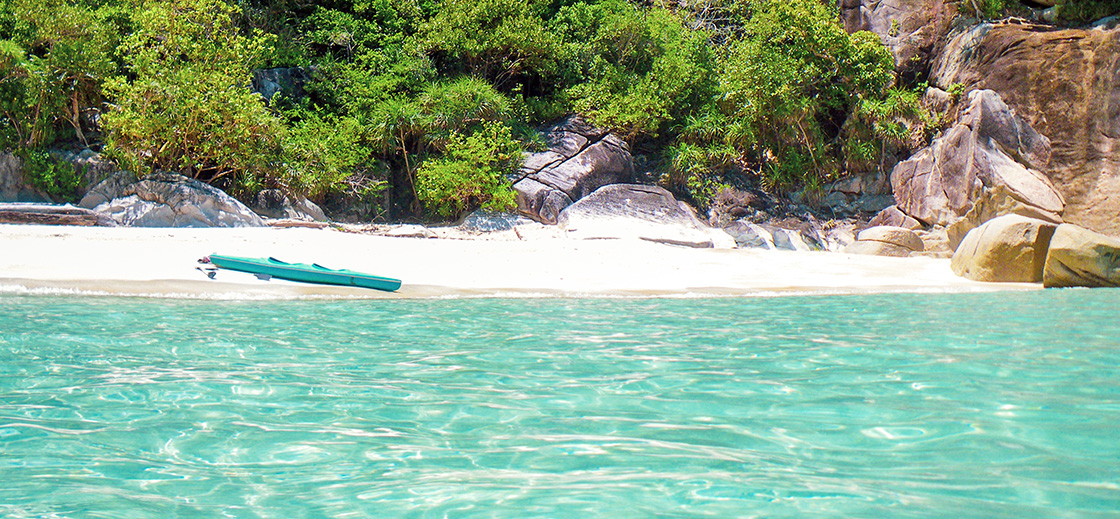
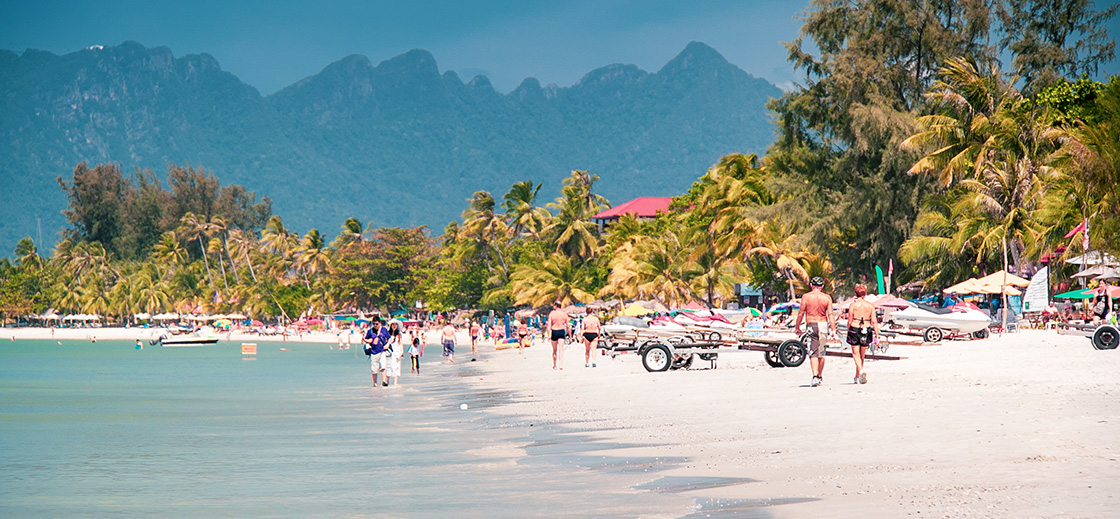
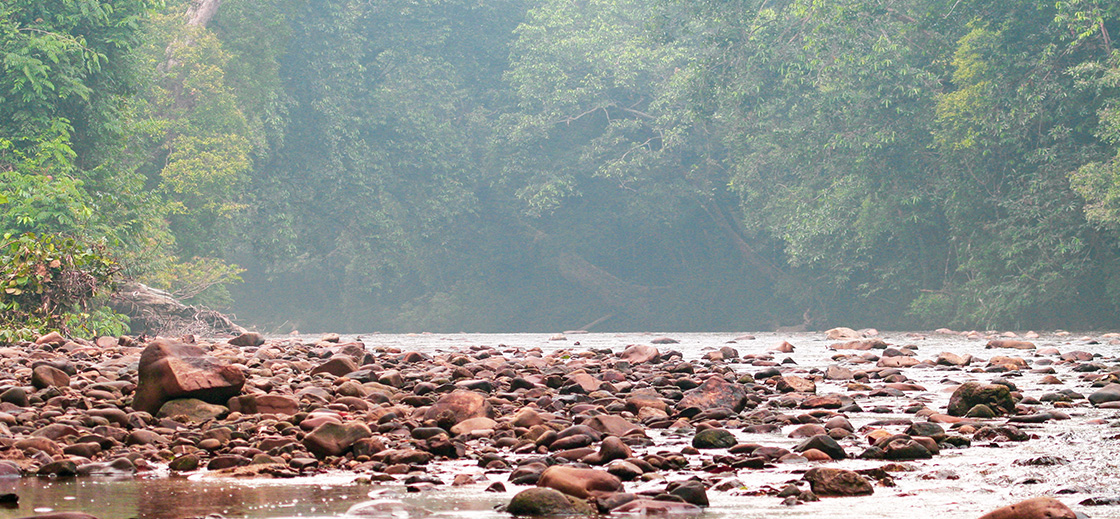
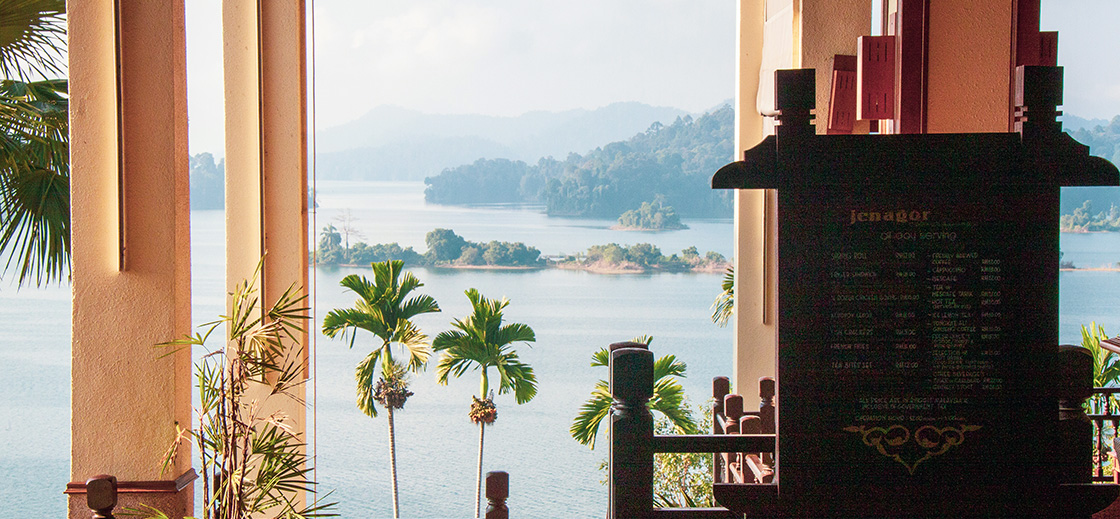
宇将军
8 months ago
April 20, 2025 at 5:55 am
I suddenly discovered a galgame website that’s really interesting—no need to spend money, and it’s beautifully designed.:
宇将军
8 months ago
April 20, 2025 at 5:56 am
I suddenly discovered a galgame website that’s really interesting—no need to spend money, and it’s beautifully designed.:
slosme
6 months ago
June 25, 2025 at 8:33 am
All of a sudden, I came across a galgame website that I think is fascinating; there’s no cost, slope
Jeni
4 months ago
July 28, 2025 at 4:57 am
You must master speed control and precision driving, as even the slightest miscalculation can lead to crashes and setbacks in their quest to conquer challenging tracks.
Jin
4 months ago
July 28, 2025 at 4:59 am
This article resonated deeply with me on an emotional level, as it carries a truly meaningful and impactful message.drive mad 3
royaledle
3 months ago
September 3, 2025 at 2:52 am
Helpful Tips:
Use an allergy warning card: Carry an allergy warning card in Malay to communicate clearly with restaurant staff.
Prepare before you go: Research restaurants that have gluten-free options in advance and contact them to confirm.
Pack safe food: As a precaution, pack gluten-free foods when traveling.
Download now
3 months ago
September 10, 2025 at 4:05 pm
I’ve been enjoying Null’s Brawl lately, and it feels so different compared to the original game. The Nulls Brawl iOS version works perfectly on iPhone with smooth gameplay. On Android, downloading the Null’s Brawl APK makes it easy to access all features of Nulls Brawl
geometry
1 month ago
October 27, 2025 at 7:14 am
In geometry dash subzero, the emphasis shifts from reaction to flow as each leap is precisely synchronized to the energetic EDM tracks. You will experience numerous crashes; however, you will emerge with an even greater sense of purpose.
wordletime
1 week ago
December 1, 2025 at 7:40 am
This post is very helpful for anyone who needs gluten-free options while traveling in Malaysia. I love how you share places and tips for choosing safe meals.